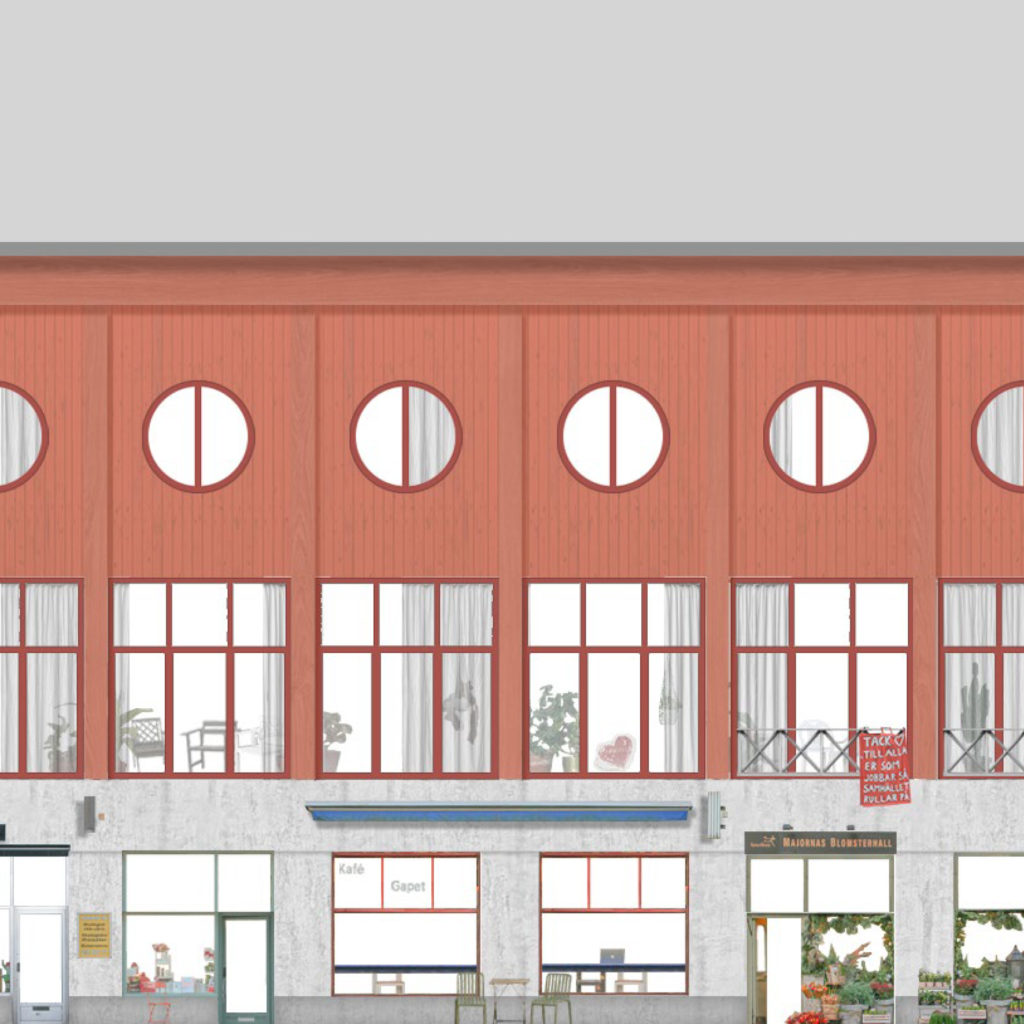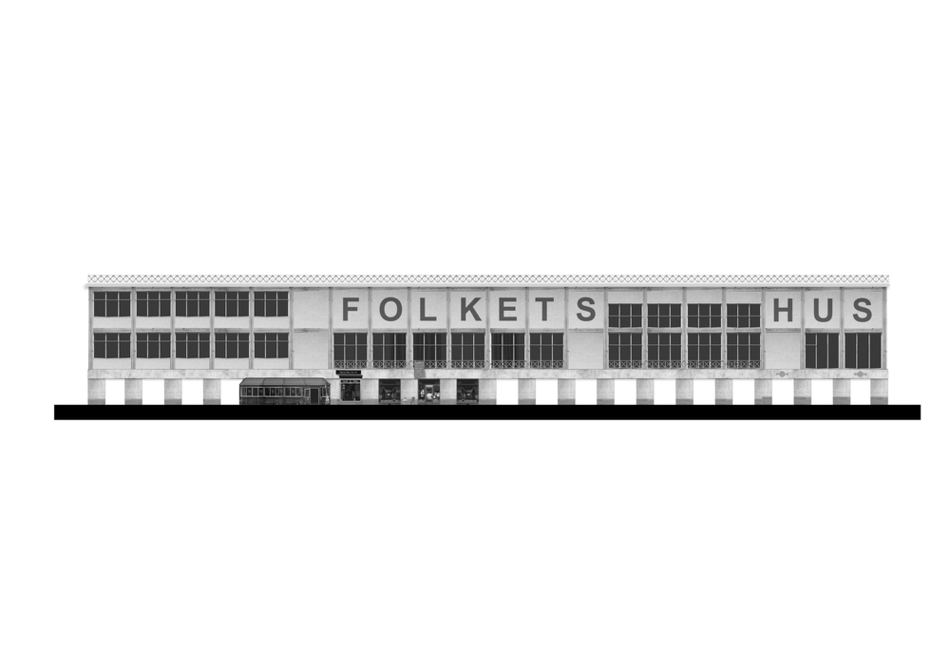
AN ATTEMPT AT REFLECTING THE PLACE IDENTITY
Folkets Hus in Majorna
How can the place characteristics be reflected in a design of a public venue?
This master thesis seeks to understand more in depth the phenomenon of place identity and its translation into new physical environments.
Prior to the master thesis, I developed a personal approach of capturing and understanding the place identity. This approach draws from phenomenology as an investigation of concrete phenomena that the everyday world consists of. I believe that places cannot be described by means of analytical concepts. Instead, one needs to experience a place to absorb the many characteristics that are missed when studying a complex environment analytically. In other words, only by being present in a place we can understand its identity. My investigation resulted in a “database” of characteristics that are, in my point of view, essential and serve as a reference from which new architecture will derive.
The context of the investigation is the residential district of Majorna in Göteborg, which still retains the working-class identity forged by the former inhabitants, who were mainly industrial workers and dockers. Its historical peculiarities shape the way the local people live there nowadays, resulting in its unique identity. Based on the initial phenomenological research, Folkets hus was chosen as a suitable typology to demonstrate the translation of Majorna’s identity into a design proposal.
Key references were selected in order to understand the typology of Folkets hus and its relevance in today’s world. This thesis followed a research by design methodology which, in line with the chosen thesis studio, focused on tectonics, material presence and details.
